Pancorbo
If you'd ask me, our visit to Pancorbo in the summer of 2025, is what this photo project is about. Without Kurt Hielscher's travel books as my travelguide, for sure, I would never have come here. And its so worth a visit!

Pancorbo is a beautifully situated and authentic little village with only 451 inhabitants (as of January 1st 2016). Pancorbo is known as the gateway from the green north to the dry central Spain. It truly feels that way when you drive up from Miranda de Ebro, when the road narrows and jagged rock formations surround you, and then suddenly, on the other side, you're greeted with a broader and wider view and Pancorbo alongside the main road. Crossed by a railway and grazed by this main road, it has lost a bit of its original charm, but still, it's easy to look past that and simply enjoy the village.
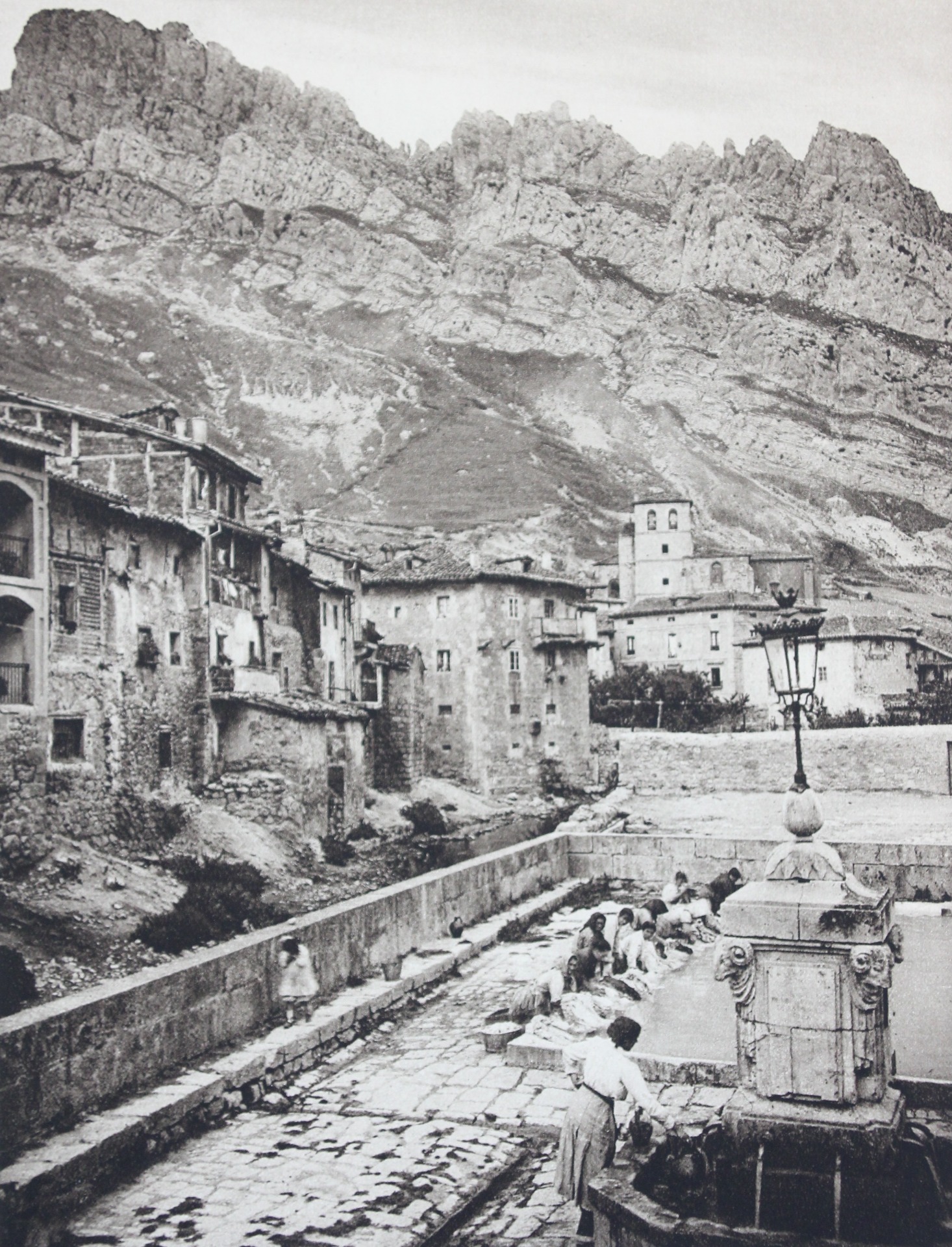
Lavadero and "Fuente de los Carneros",1914-'19. Photo: Kurt Hielscher.
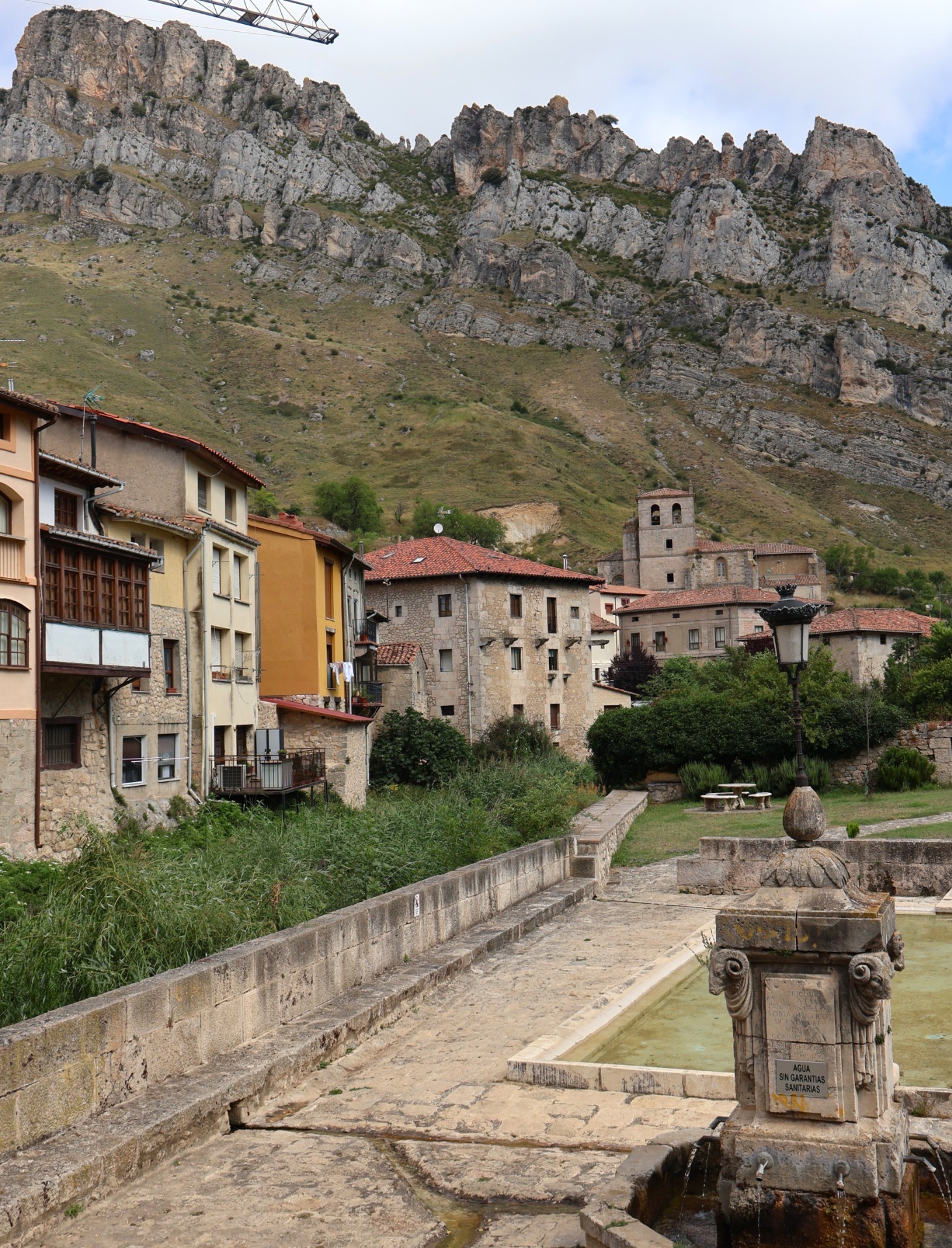
Lavadero and "Fuente de los Carneros", the 20th of July 2025. Photo: Casper Molenaar
The Lavadero, a historic washhouse near the Oroncillo River and behind the Town Hall, was once a vital gathering place where village women washed clothes. Built of stone with large basins, it stood below street level, accessible by a staircase that has now been restored. For a while, the washhouse was repurposed as a swimming pool, which unfortunately damaged its original structure. I found a photo from 2010 showing the place as a swimming pool, which is really remarkable. Later, the Town Council launched a careful restoration project to preserve its historical value and respect its original design, which was finished at least no later than 2018. Today, the site is used for educational purposes and as a rest area, blending heritage with a peaceful space near the river with the magnificent 1796 built fountain adorned with four ram's heads next to it.
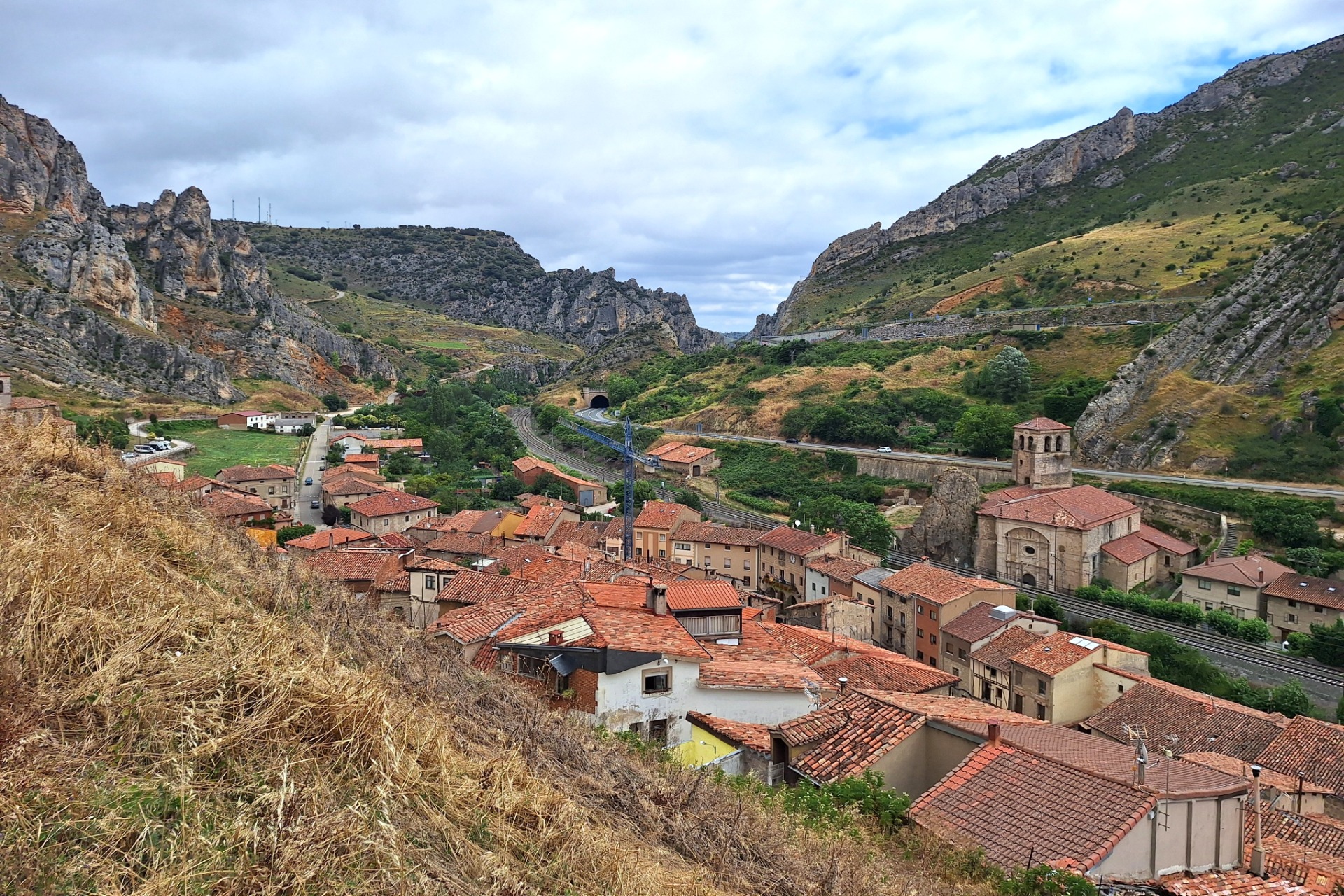
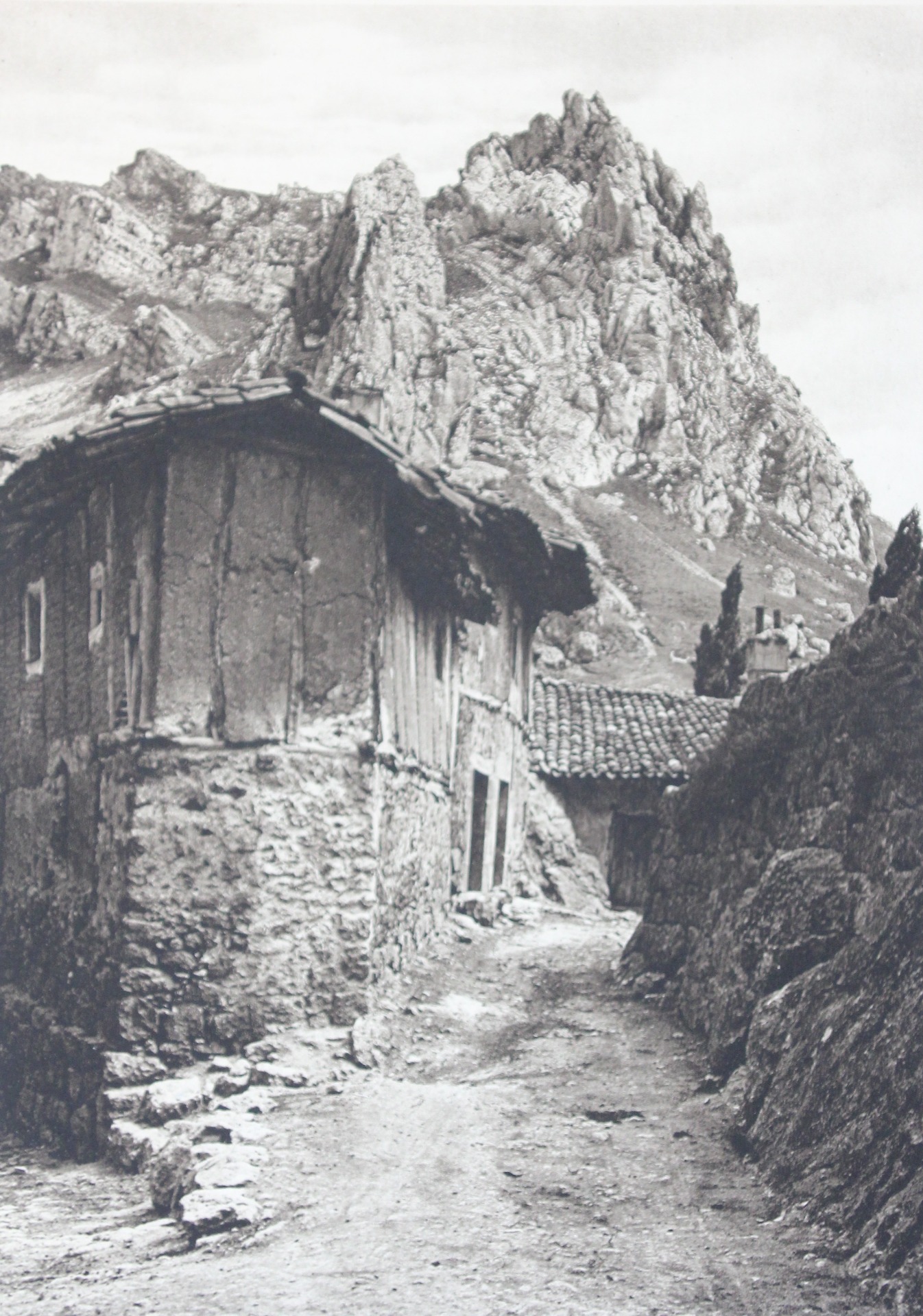
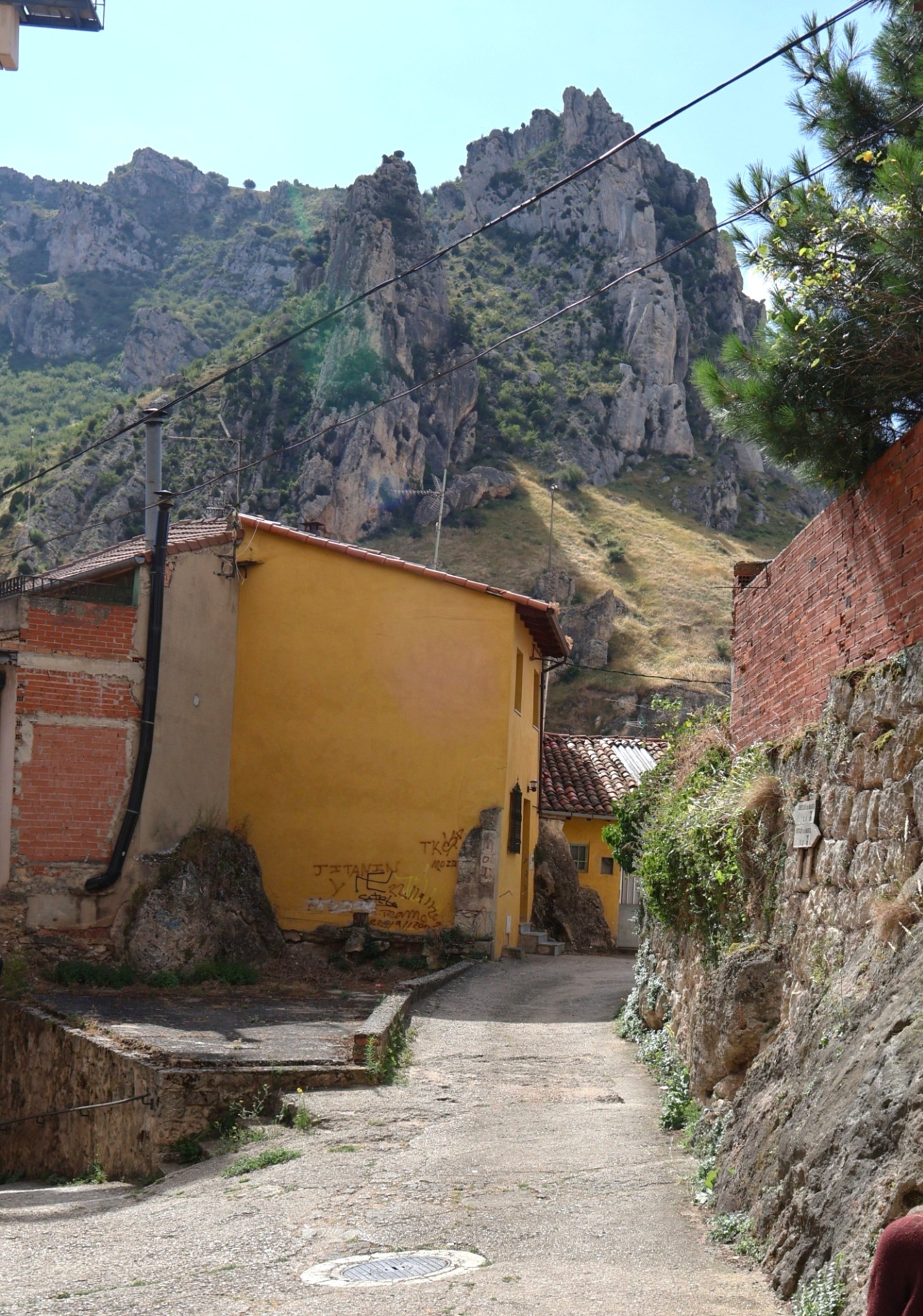
Kurt Hielscher must have been captivated by the village and its location too, as he included three photos of it in his photo book about Spain from over 100 years ago. Here's the first one. It took a bit of searching, but with the pointed mountain as a guide, it was not that hard to find, but also not that easy to see this is the right place, since from the house in the front only the foundations remain.
A little wider view and me working on it with Kurt Hielscher's book next to me as an example to be able to find the right angle.
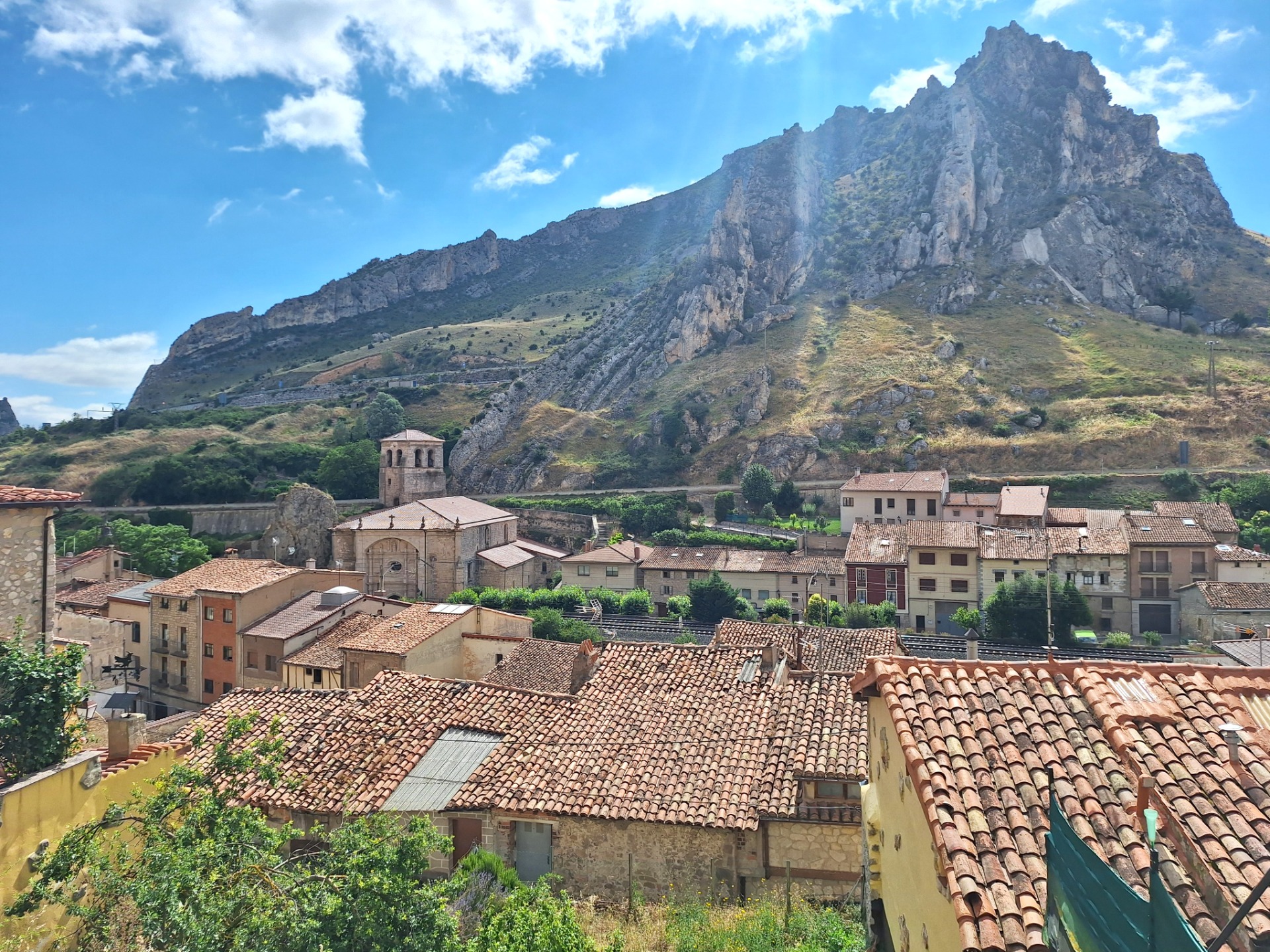
From the main square it is a little up to the gate through the Calle Andecilla Alta. As you can see, it has been restored over the past century making it a little harder for me to rephotograph, but beside the arch of the gate itself, both photos can be superimposed. The roofs of the houses and the mountain peaks are exactly on the same place. And yes, the fence is new and the road is paved.
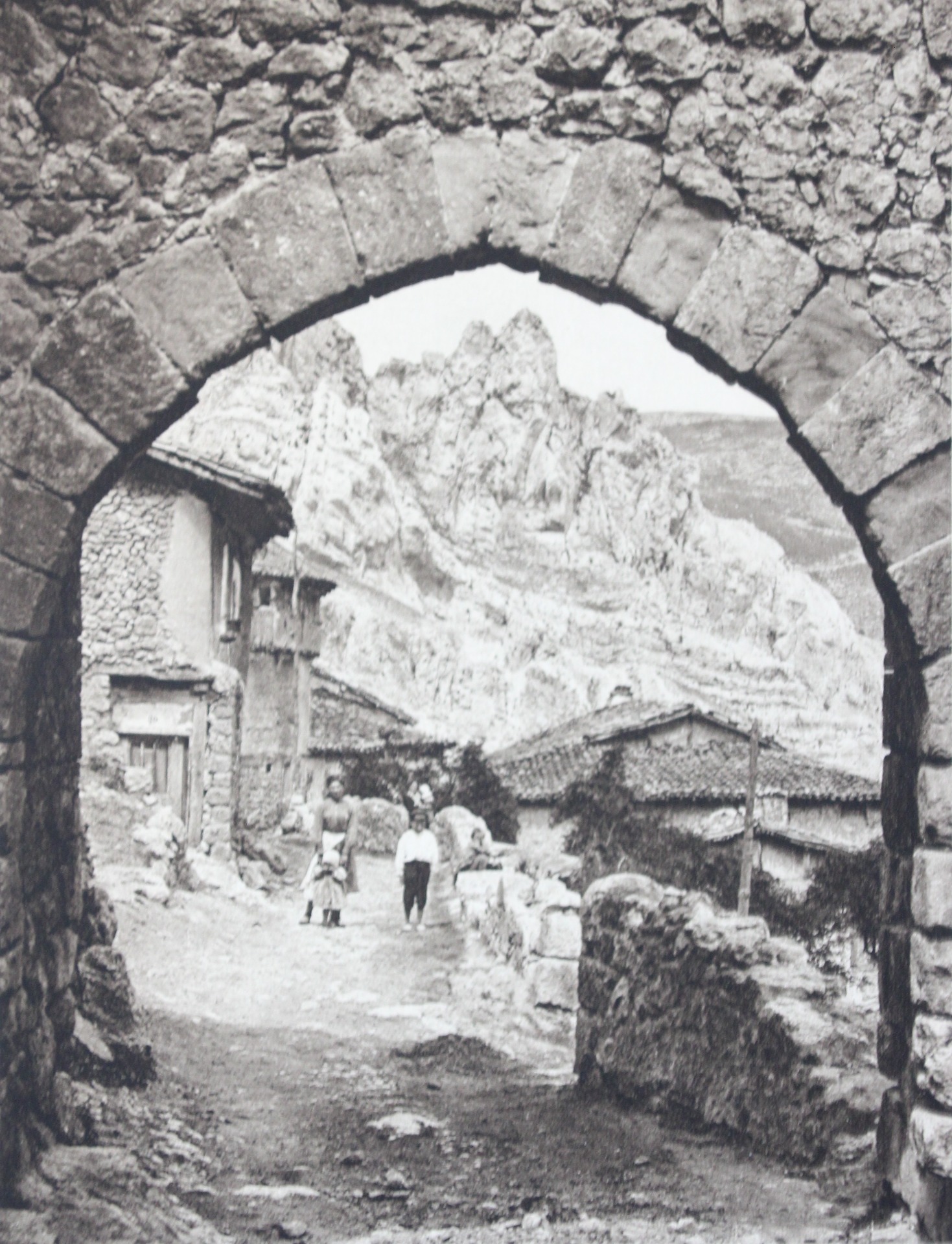
La Puerta de Santa Marta, 1914-'19. Photo: Kurt Hielscher.
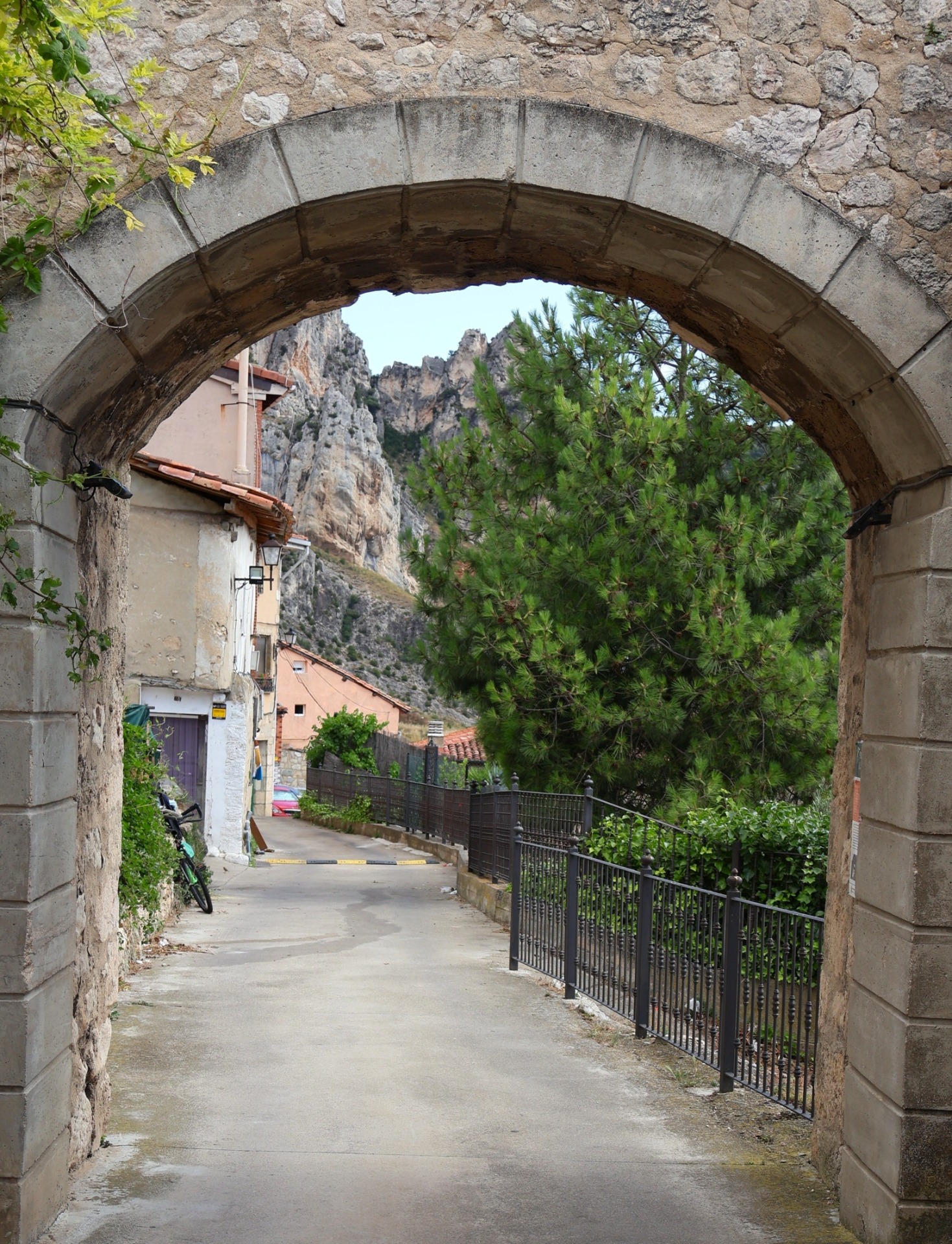
La Puerta de Santa Marta, 20th of July 2025. Photo: Casper Molenaar.
The construction of the wall around Pancorbo is not clearly dated, but it likely dates back to in between the 13th and 15th centuries. The town had two main gates: one next to the church of San Nicolás and the Puerta de Santa Marta, the entrance for those arriving from Burgos. This wall, along with the castle, protected Pancorbo from potential attacks, taking advantage of the natural orography of the ravine and the Río Oroncillo.
Several hiking trails start from here, and I took a short walk uphill with my two sons, rewarded with stunning views on the village from the Castillo de Santa Marta.
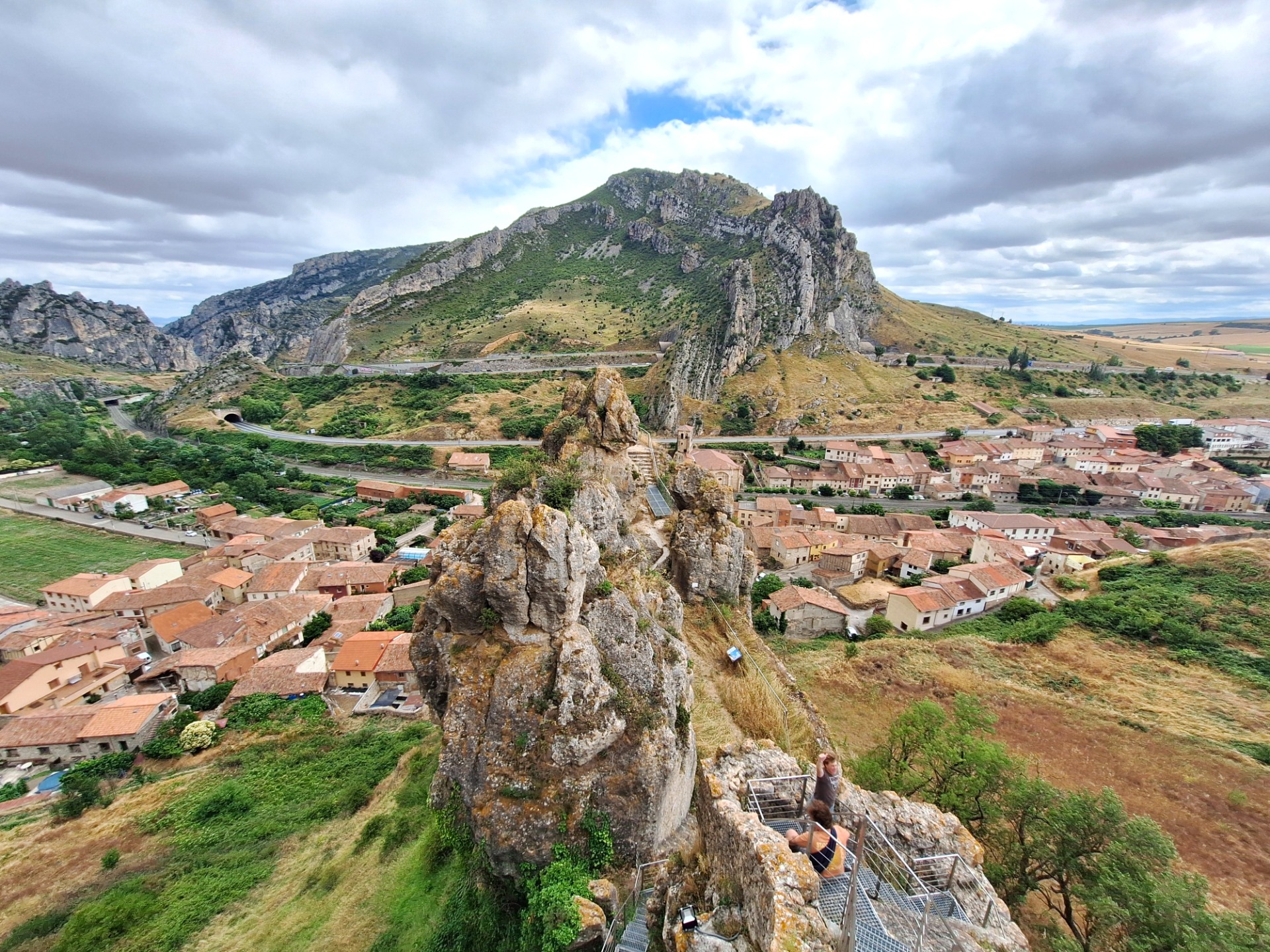
View from the remnants of the Castillo de Santa Marta.
Photos made by Kim from near the campervan. You can see me and the boys waving at here from up the Castillo de Santa Marta.
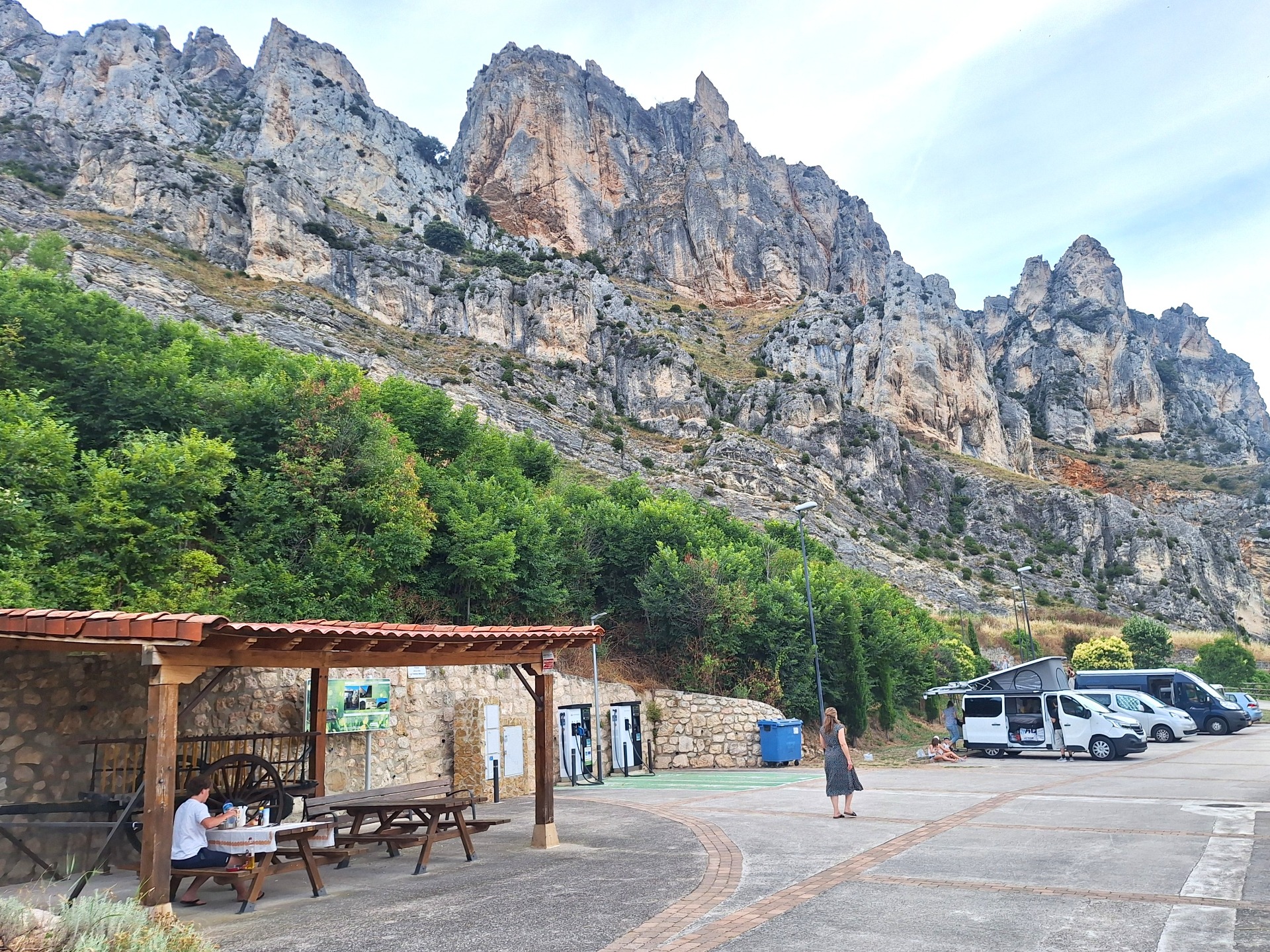
Camping for free with the van is possible in Pancorbo, but only with a handful, so we were lucky to find a nice place to spend the night and be able to enjoy Pancorbo for a while.
Below: View on the surrounding rock formations of Pancorbo.

